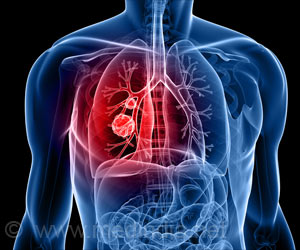World Thalassemia Day is marked on 8th May each year as a sign of solidarity with the many thalassemia patients and families across the world.
- World Thalassemia Day is marked on 8th May each year as a sign of solidarity with the many thalassemia patients and families across the world
- This year marks the 25th International Thalassemia Day to mark the struggles of patients, families, doctors and researchers who have never given up hope for a cure
- This year the theme is “Thalassaemia past, present and future: Documenting progress and patients’ needs worldwide”.
Theme 2018: “Thalassaemia past, present and future: Documenting progress and patients’ needs worldwide”
The apex patient organization, Thalassemia International Federation (TIF) headquartered in Greece develops themes in accordance with current issues faced by patients and families. The theme for 2018 considers the past, present and future to look at the progress in treatment and needs of the patients across the world. Thalassemia treatment and care has come a long way from unsophisticated blood transfusion medicine to smooth transfusion protocols with robust cross matching and washing of blood with use of bedside filters. This theme is relevant for all developing countries like India which have progressed from high morbidity rates among patients to falling morbidity rates. In some pockets of the country especially in hinterlands like Jharkhand and Chhattisgarh, facilities are still very primitive and patients have to travel several kilometers to access blood facilities. Many patients in such areas cannot afford iron chelation and often succumb to iron overload. It is necessary to document such issues to solve the problems in future.
Patients and families across the world have benefited from improved treatment and care. From progress in oral iron chelators to MRI diagnostics to determine iron accumulation in vital organs, improved facilities have not only improved quality of lives, but also enabled patients to contribute as worthy members of society. Thalassemia patients across the world are getting a good education, seeking employment in all sectors and playing an active role in advocacy and activism for a better life for people with thalassemia.
International Thalassemia Day #ITD2018 is a platform for all patients, families, doctors, researchers, advocacy groups and patient groups to reflect on the gains and losses in thalassemia and work towards strengthening the care system. Thanks to advocacy and activism in healthcare especially for genetic disorders like thalassemia, governments across the world have woken up and developed policies and programmes for prevention, control and treatment. It is time to build on these existing gains and look to a better future which includes a final curative which is gene therapy and gene editing.
Gene editing is also a reality as CRISPR has gone into clinical trials this year to correct the defective globin gene. This is a simpler mechanism of just correcting the mutation and holds great promise as a therapeutic cure.
References:
- International Thalassaemia Day 2018 - (http://thalassaemia.org.cy/news/international-thalassaemia-day-2018/)
- Thomas N. Williams, and David J. Weatherall."World distribution, population genetics, and health burden of the hemoglobinopathies", Cold Spring Harbor perspectives in medicine (2012) Sep; 2(9): a011692. doi: 10.1101/cshperspect.a011692
Source-Medindia










